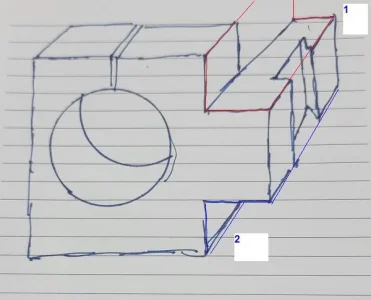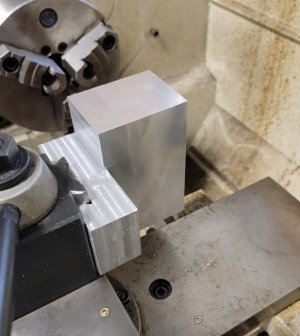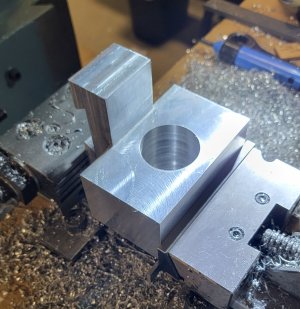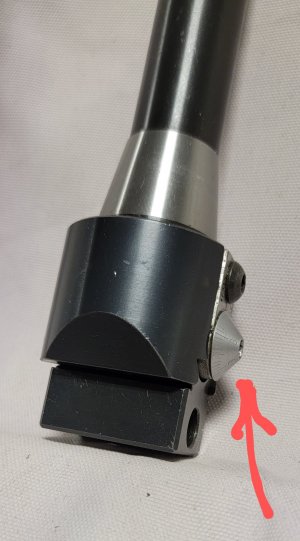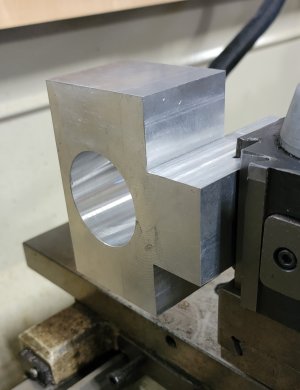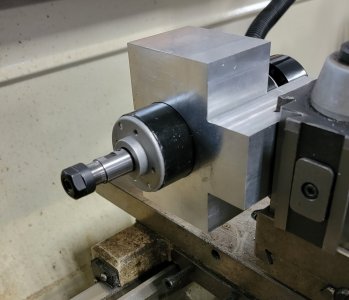Not sure what is the RPM max. I assume 5500 or 6000 would be safe limit.
Seems fast to me.... Not for the stone itself but rather for my 1/4 shaft in an ER11 collet.
Yes the ER11 chuck was like .1mm smaller then the spindle. Same with the ER20. I could not have put them on, it was not even close to interference fit. So I reamed 8mm. Not sure whatever that was a great idea - I guess I see soon.
I would be too scared to try that mod. Basically, I am scared of high speed stones period. I use them just like everyone else, but I've seen 3 people in three separate accidents get chewed up bad by an exploding stone or wheel. I'm already ugly enough.
I still use them but usually well off to the side and still scared.
It may be perfectly safe, but I don't think I have the kind of guts it would take to make me modify a collet like that. Just me being a giant big sissy maybe but it is what it is. I don't like heights either.



